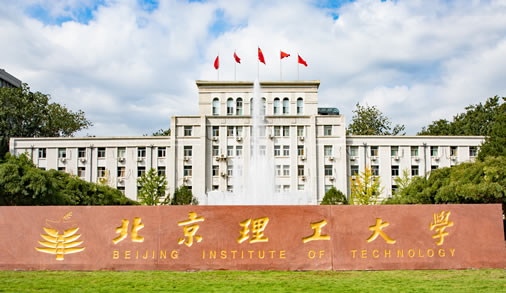

Updated: 2024-02-22

The research findings of Associate Professor Xiao Zhenyu from the School of Life Science at the Beijing Institute of Technology (BIT), in collaboration with Researcher Wang Hongmei from the Institute of Zoology (IOZ) of the Chinese Academy of Sciences (CAS), Researcher Lu Falong from the Institute of Genetics and Developmental Biology (IGDB), CAS, and Professor Li Rong from Peking University Third Hospital, have recently been published in the journal Nature Genetics. The paper is titled "Single-nucleus multi-omic profiling of human placental syncytiotrophoblasts identifies cellular trajectories during pregnancy."
The placenta is a multifunctional organ essential for the survival and development of the fetus during pregnancy. The main cell types constituting the placenta are various types of trophoblast cells, among which cytotrophoblast cells (CTBs) can differentiate into mononuclear extravillous trophoblast cells (EVTs) and multinuclear syncytiotrophoblast cells (STBs). STBs perform various key functions such as hormone synthesis, immune defense, and substance transport. By term delivery, the number of nuclei in STBs increases to as many as 58 billion. Although differences between nuclei in STB cells are known, the regulatory mechanisms of their heterogeneity have not been fully elucidated.
To address this significant scientific challenge, the study utilized single-nucleus RNA and ATAC sequencing technologies (snRNA-seq and snATAC-seq), human trophoblast stem cells (hTSCs), and trophoblast organoid systems based on hTSCs to systematically reveal the dynamic heterogeneity, developmental trajectories, functions, and lineage-specific transcription factor regulatory networks of STB nuclei at different stages of pregnancy. This research provides important theoretical support for the study of pregnancy complications related to abnormal placental function. Wang Meijiao, jointly trained as a postdoctoral fellow by IOZ and IGDB of CAS, Associate Researcher Liu Yawei from Dushu Lake Hospital Affiliated to Soochow University, Ph.D. student Sun Run from IOZ, CAS, and postdoctoral fellow Liu Fenting from Peking University Third Hospital are co-first authors of this study. Master's student Li Jiaqian and Xie Xinwei from BIT are the second author and a co-author respectively.

SnRNA-seq and snATAC-seq analysis of human placental during early and late pregnancy. A. Schematic diagram of experimental design. B. UMAP plot of snRNA-seq cell nucleus data. C. UMAP plot of snATAC-seq cell nucleus data. D. UMAP plot of cell nucleus integrated from snRNA-seq and snATAC-seq data.
This study describes the heterogeneity, differentiation trajectories, and regulatory mechanisms of STB nuclei during different stages of human pregnancy from the perspectives of expression and epigenetics. It identifies for future research core transcription factors that regulate each STB lineage in early and late pregnancy, providing important theoretical and data support for understanding the dynamic developmental regulation mechanism of the human STB lineage and the pathogenesis of human placental development and related diseases.
The first affiliation of the paper is IOZ, CAS, and the second affiliation is BIT. This research was supported in part by the National Key R&D Program, the Major Projects of the National Natural Science Foundation of China, and the Excellent Young Team Project in the Field of Basic Research at CAS.














